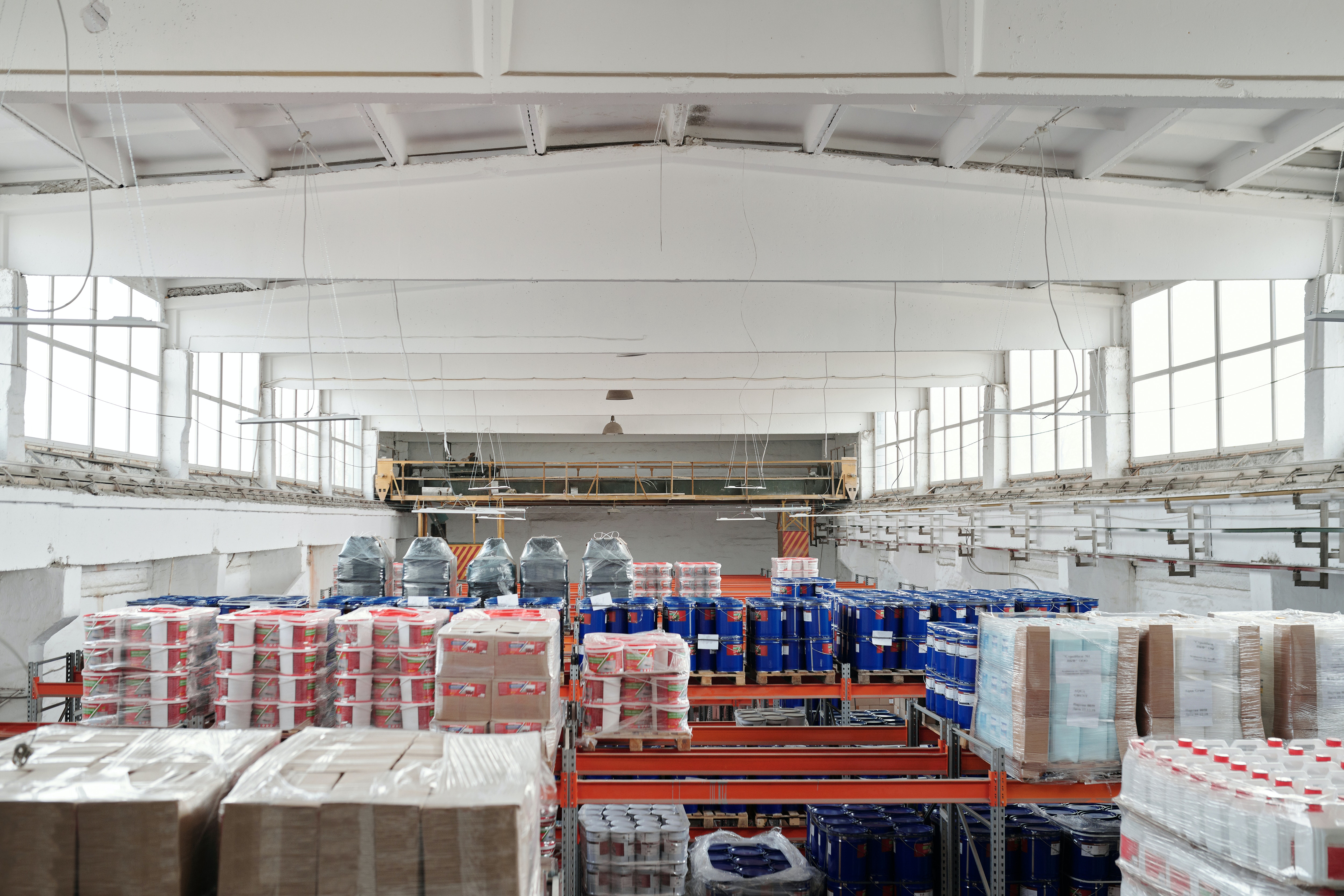As the pharmaceutical industry continues to expand, the need for an efficient logistics and distribution system is more important than ever. However, many companies still struggle with outdated processes that are inefficient and costly. In order to keep up with the demands of this rapidly evolving industry, it's important to understand how change management can be used to improve pharmaceutical logistics and distribution.
The Benefits of Change Management in Pharmaceutical Logistics & Distribution
Change management is a process that helps organizations manage the implementation of new processes or changes in existing ones. When used correctly, it can help organizations improve their overall effectiveness by reducing costs, improving customer service, increasing efficiency, and streamlining operations. It also allows companies to react quickly to market changes and stay ahead of the competition.
When it comes to pharmaceutical logistics and distribution, change management can help companies reduce complexity by organizing processes into manageable components that are easy to track and monitor. This helps ensure that all processes are running smoothly and efficiently at all times. Additionally, change management can help companies save time by automating certain tasks such as order tracking, invoicing, inventory management, shipment tracking, etc., which can significantly reduce manual work hours. Furthermore, implementing a well-structured change management system will increase accountability across departments and ensure that everyone is held responsible for their performance.
The Challenges of Implementing Change Management in Pharmaceutical Logistics & Distribution
Despite its numerous benefits, there are some challenges associated with implementing change management in pharmaceutical logistics & distribution systems. For one thing, it requires significant resources: time (to set up the system), money (to purchase any necessary software or hardware), personnel (to train staff members on how to use the system), etc. Additionally, even though implementing a change management system may initially save money in terms of labor costs by replacing manual tasks with automated ones; over time these cost savings may be offset by maintenance costs for keeping the system running smoothly or updating it when necessary. Finally, there is always some degree of resistance from employees who may not be comfortable with changing their current routines in order for a new system to be implemented successfully.
Implementing a successful change management system into your company's pharmaceutical logistics & distribution operation can have numerous benefits such as increased efficiency, reduced complexity, and cost savings—all while helping you stay competitive in today’s rapidly changing market environment. That being said, there are certainly challenges associated with implementing such a system; but if done correctly they can be overcome with proper planning and resource allocation so that your organization can reap all the rewards that come along with having an effective change management strategy in place for your business operations!






